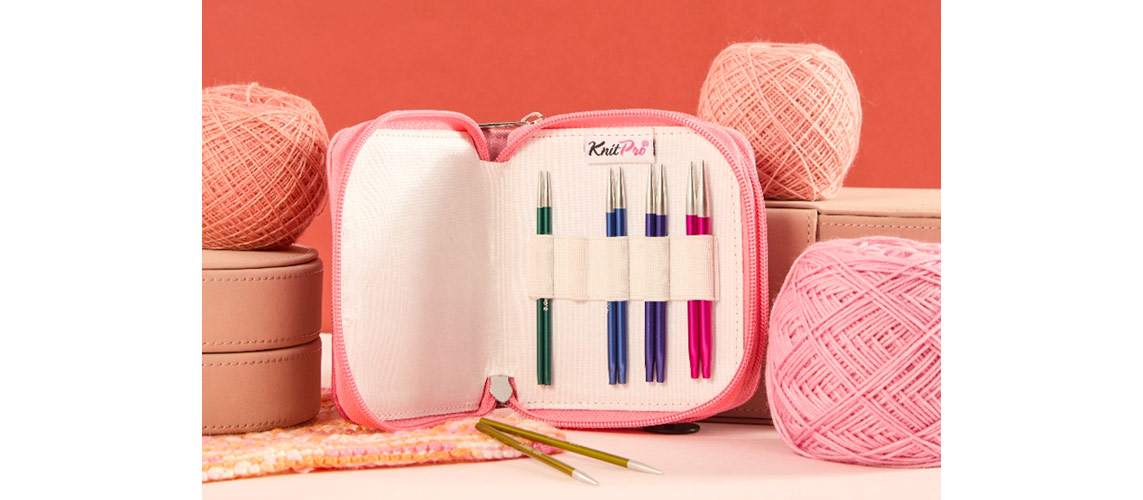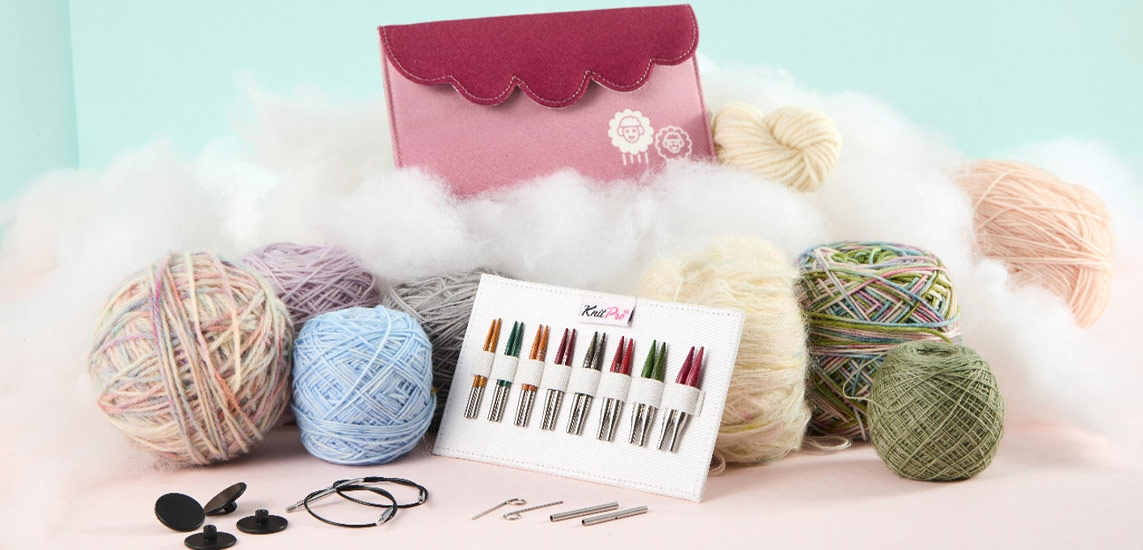As crafters, almost every one of us has faced it. You are deep into your knitting or crochet project, the pattern flowing smoothly and suddenly, you find yourself nearing the end of your yarn ball. This may put things in chaos. However, running out of yarn doesn't have to be frustrating. Instead of keeping your knitting needles or crochet hooks away, halting your progress, or unraveling your work, there are various techniques to join a new ball of yarn. These methods allow you to continue uninterrupted.
In this blog post, we'll explore various yarn-joining techniques that will keep your projects looking flawless.
Understanding Yarn Joining Techniques
Yarn joining techniques help you transition from one ball of yarn to another without compromising the look of your project. The suitable method depends on the type of yarn, the knitting or crochet project you're working on, and whether you're changing colors or simply continuing with the same shade.
For example, if you are working on a reversible scarf or blanket with single pointed needles or circulars, you must avoid knots that pop out in the fabric. The joining technique must be as invisible as possible. If you are working on a sweater with circular knitting needles, you can work a joining technique on the wrong side (WS) of the project. But then again, it’s best to avoid knots as they feel uncomfortable against the skin and might pop up after a few washes. For crochet too, where you work with single-ended hooks or Tunisian hooks or projects worked back and forth or in the round, yarn-joining techniques need to be neat and not disturb the beauty of the project.
What do you need for Yarn Joining Techniques?
While not much is needed for joining yarn techniques, among knitting accessories you need a wool needle, a pair of scissors, and stitch markers. Yarn winding and dispensing accessories are of extra help to inspect and organize yarn.
Let's dive into the most popular and effective yarn-joining techniques. If you know how to change colors in knittingyou can apply the methods to join yarn for colorwork knitting projects.
1. Alternating Stitches with Old and New Yarn
One of the simplest and most effective ways to join yarn is by alternating stitches between the old and new yarns. This works for almost every kind of project whether it's straight or circular needles.
Here's how you can do it:
- Knit one stitch using the new yarn, and then use the tail end of the old yarn to make the following stitch.
- Continue to alternate between the new and old yarns for 6 to 8 stitches.
- Weave in the ends with a wool needle later to secure the join.
Pros:
- It is neat and quick, especially if you're familiar with Stranded or Fair Isle colorwork knitting.
- It is suitable for any yarn fiber.
Cons:
- It is not suitable for a color change. You can only work with one shade at a time.
- The ends need to be woven in later.
2. The Back Join
Particularly useful when changing colors at a specific point in your knitting project, the back join locks in the yarn ends simultaneously.
- Identify and mark the point in your yarn where you will change color. Place a stitch marker.
- Loop the yarn back on itself at that point, then knit with both sides of the loop, held together as a double strand, until just before the color change.
- Thread the new color through the last bit of the loop in the old color, and knit with both strands of the new color loop for a few stitches to lock in the new tail.
Pros:
- Ideal for changing color at a specific stitch.
- No ends to weave in later.
Cons:
The double thickness stitches are visible on the front of the fabric, especially with thicker yarns.
When to Use:
This technique is perfect for stripes, particularly when working in the round. The modified version is suitable for intarsia and stranded colorwork.
3. Braided Join
The Braided Join is a strong and neat method, particularly effective for plied yarns. This method is handy for knitting as well as crocheting projects.
1. Separate the plies of the last 8 cm (3 inches) of the old yarn into two sections.
2. Hold the end of the new yarn at the dividing point of the old yarn, creating three strands in total.
3. Tightly braid the three strands together.
Pros:
- There are no ends to weave in later.
- It's neat on both the front and back of the fabric.
Cons:
- It is not suitable for single-ply or novelty yarns.
- Not recommended for color changes.
When to Use:
Use this method for a same color join in the plied yarn where you want a neat back and front.
4. Just Knit with It
This is the most straightforward method, where you simply drop the old yarn and start knitting with the new one.
1. Drop the old yarn and loop the new yarn over the needle.
2. Continue knitting and weave in the ends later.
Pros:
- It's the easiest method of all.
Cons:
- The stitches can become loose, affecting the tension of neighboring stitches.
- It can distort the look of the knitting project.
When to Use:
This method is generally not recommended, but it might be used by beginners who prefer simplicity.
5. Knot and Cut Tails
This technique involves tying the two yarn ends together and cutting the tails close to the knot.
1. Knot the two ends of the yarn together using a strong knot.
2. Cut the yarn ends off close to the knot, and continue knitting as usual.
Pros:
- No ends to weave in.
- It's a quick method for joining yarn.
Cons:
- The knot may end up on the front of the work.
- There's a risk of the knot coming undone.
When to Use:
When you are working with the same shade of yarn. Amigurumi crochet projects, rugs and home décor.
6. Russian Join
The Russian Join is a neat and strong method suitable for all fibers and almost every knitting and crocheting project.
1. Loop the tails of the two yarns around each other.
2. Use a needle to thread each tail back on itself and down through its own core, trapping the tail within.
Pros:
- No ends to weave in later.
- It's fairly neat and strong.
Cons:
- The double thickness of the yarn may be visible.
- Difficult to do with single or 2-ply yarn.
When to Use:
Use the Russian Join when you need a neat and strong join, especially with plied yarns.
Choosing the Right Yarn Joining Technique

If you're new to knitting or crocheting and unsure which method to use, start with the simplest techniques, like the Tie Knot method. As you gain confidence, explore more advanced techniques. Each method has its advantages and ideal situations, so it's important to consider the type of project, yarn, and whether you're changing colors. to explore more refer to our previous guide on how to join yarn in the round on circular needles.
The suitable yarn joining technique ultimately depends on your specific project and preference. Experiment with different methods to find the best work for you and keep your projects looking beautiful and professional.












